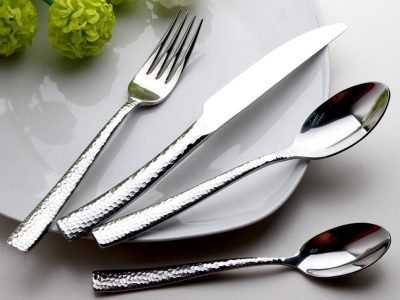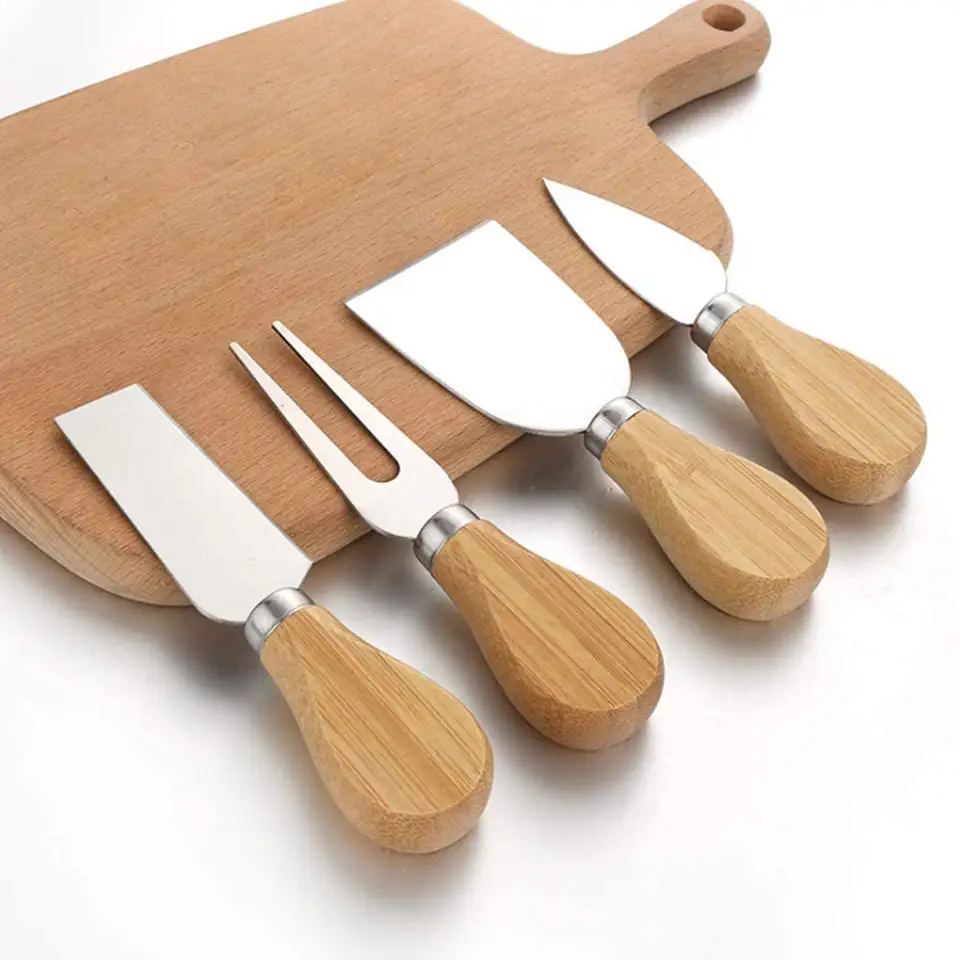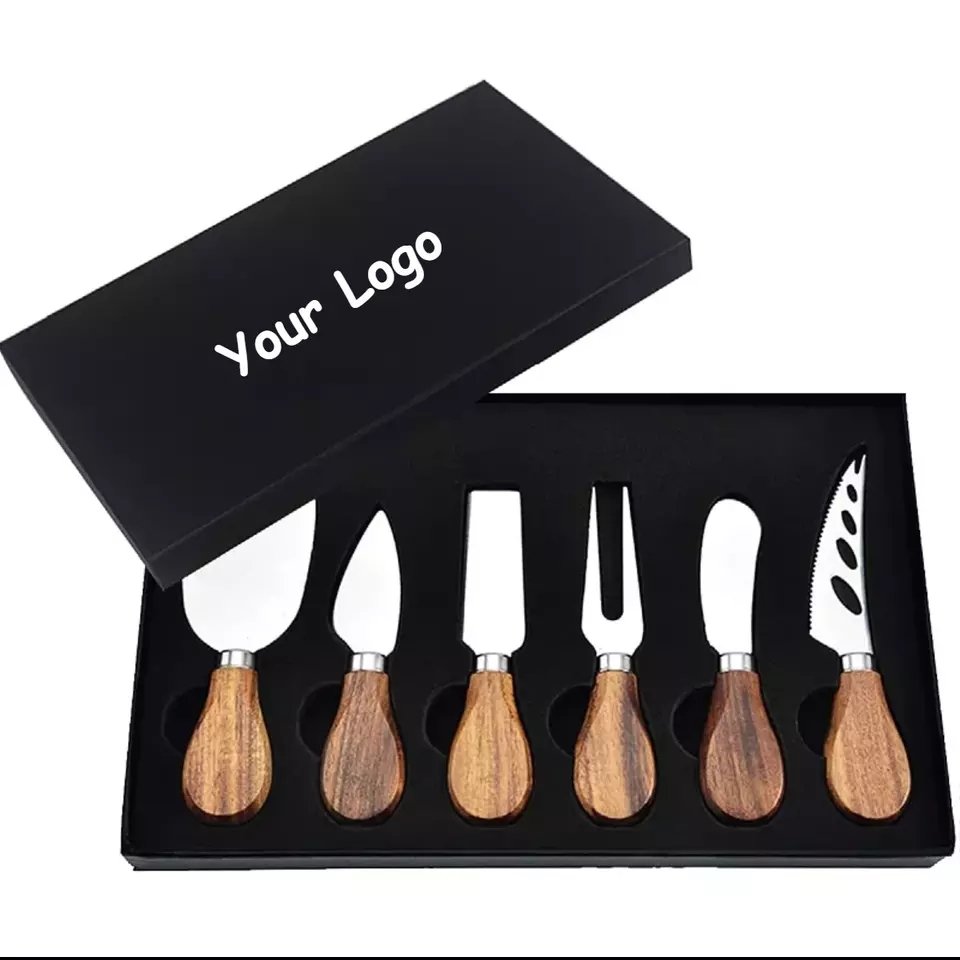Table of Contents
Finding the wrong supplier is expensive—both in money and time. But the right one can boost your business growth for years.
To choose the best cutlery supplier, look at their reliability, certifications, product quality, and pricing strategy. A trustworthy partner supports your brand—not just your orders.
If you’re sourcing cutlery for your brand, you probably already know: price is just the beginning. Quality, service, trust—they all matter. In this article, I’ll guide you through what I’ve learned over the past 12 years in this industry. I’ve worked with over 1,000 brands. Some were lucky. Some learned the hard way. Let’s help you be the first kind.

What makes a supplier reliable?
Some suppliers talk well but disappear when problems come. Others quietly solve issues before you even ask. Which kind do you want?
A reliable supplier delivers on time, communicates honestly, maintains consistent product quality, and stays transparent—even when things go wrong.
From my own experience, reliability is not just about who answers your email first. It’s about consistency. I’ve seen suppliers quote fast, but deliver late. I’ve also seen clients who kept changing suppliers—thinking the “cheapest” one was the best—and ended up paying for it later in delays, returns, and even angry customers.
So how do you test reliability?
Signs of a Reliable Supplier
| Criteria | What to Look For | Why It Matters |
|---|---|---|
| Delivery Records | On-time shipments, consistent timelines | Avoid delays during peak seasons |
| Communication | Clear, proactive updates, not just reactive replies | Saves time and avoids misunderstandings |
| Quality Consistency | Stable quality across batches | Keeps your brand reputation intact |
| Handling of Mistakes | Takes responsibility, offers solutions | Shows integrity and experience |
| Long-Term Clients | Has clients who have stayed with them 5+ years | Signals trustworthiness and capability |
Some of our clients from Europe, especially Germany and Italy, have worked with us for 8+ years. Why? Not because we never had problems—but because we always solved them fast and honestly.
Choosing a reliable partner means fewer headaches later. And in the long run, it’s more profitable.
How Do I Choose a Wholesale Distributor?
Many clients ask me if they should buy directly from factories or go through a distributor. The answer? It depends.
Choose a wholesale distributor when you need small MOQs, faster delivery, or localized service. Go with factories for custom designs and better control.
I’ve worked with both direct buyers and distributor clients. Each has different needs. Some want ready stock. Some want fully customized molds. The key is matching your goal to the supplier model.
Pros and Cons Table
| Option | Pros | Cons | Best For |
|---|---|---|---|
| Factory | Lower cost, more control, custom designs | Higher MOQ, longer lead time, communication might be slower | Growing brands, custom product developers |
| Distributor | Faster shipping, lower MOQ, localized communication | Higher prices, limited customization | Startups, e-commerce sellers |
If you’re just starting and want to test the market, a good distributor can reduce risk. But if you already know what you want, and your volume is growing, working with a factory like us gives you more room to scale.
Key Factors When Choosing a Cutlery Supplier
You’re not just choosing a product. You’re choosing a business partner. That’s why you need to think deeper.
The key factors include quality, pricing, communication, production capacity, and experience with your market.
What Really Matters (and What Doesn’t)
Let’s be honest: Some buyers get distracted by shiny samples or sweet-talking sales reps. But after 12 years, I’ve learned what really separates the good suppliers from the risky ones.
Key Evaluation Table
| Factor | What to Check | Questions to Ask |
|---|---|---|
| Product Quality | Material grade (18/10, 18/0), polish, balance, finish | Can you share test reports or send samples? |
| Pricing Strategy | Is the quote clear? Any hidden fees? | Are there charges for packaging, logo printing, or inspection? |
| Production Capacity | Can they handle large orders? What’s their delivery time? | What’s your monthly output? |
| Customization Ability | Can they design molds or handle OEM/ODM? | Can I send my own drawing or sample to customize? |
| Market Experience | Have they exported to your country? Know your quality standards? | Can you share similar client case studies? |
I often remind new buyers: Don’t just pick based on the cheapest quote. Think about who you’d still want to work with after five years.
Evaluating Supplier Reliability and Quality Standards
Words are cheap. Certifications and third-party audits? Those speak louder.
Reliable suppliers follow international standards like LFGB, FDA, and BSCI. They also pass audits and share quality test results.
Go Beyond the Brochure
Anyone can print a fancy brochure. But when I meet a client who understands how to read a material certificate or audit report, I know they mean business.
Add Your Heading Text Here
| Certification | What It Proves | Region Where It Matters Most |
|---|---|---|
| LFGB | Food-grade safety (Germany/Europe) | EU |
| FDA | Food safety for materials | USA |
| BSCI | Social responsibility & labor compliance | Global |
| ISO 9001 | Quality management system | Global |
| SGS/BV Testing | Independent lab product test | Global |
When our client Lisa from Turkey requested a full SGS report on our new gold flatware line, we immediately arranged it. She told me later: “Many suppliers refused or delayed. You were the only one who said ‘No problem’ and delivered.”
That’s the difference trust makes.

How to Ensure Competitive Pricing Without Sacrificing Quality
I get it. Everyone wants the best price. But if the quality drops, you’ll pay more in returns, complaints, and damaged brand reputation.
To stay competitive, focus on total cost—not just unit price. Ask about materials, production efficiency, and packaging solutions.
The Price vs. Value Equation
Some clients ask me: “Why is your quote higher than Supplier A?” I ask back: “Did they include double polishing? What’s the steel grade? Do they offer a one-year rust warranty?”
Often, they go back and realize the lower quote was missing key things.
How to Break Down the True Cost
| Cost Element | Why It Matters | How to Ask Suppliers |
|---|---|---|
| Material Grade | Better steel resists rust, lasts longer | Is this 18/10 or 18/0? |
| Finishing Steps | Extra polishing or mirror finish improves value | How many steps in polishing? |
| Packaging | Good boxes reduce damage in shipping | What’s the standard packaging? Custom OK? |
| MOQ Flexibility | Helps reduce stock risk for new brands | Can I mix SKUs in one carton? |
| After-Sales Service | Refunds or replacements avoid big losses | How do you handle defects or delays? |
Don’t just compare prices. Compare what’s *included*. A “cheap” set that rusts in two months is actually the most expensive.
How to Ensure Competitive Pricing Without Sacrificing Quality
You want a good deal. But you also want products that don’t break, rust, or get returned.
To get competitive pricing without compromising quality, focus on volume, material grade, design simplicity, and long-term cooperation.
Why Cheaper Isn’t Always Cheaper
Many clients have come to us after a “too-good-to-be-true” supplier failed them. The price was amazing. But the knives rusted. The forks bent. And their customers complained.
Here’s what I always say: You can’t build a premium brand on bargain-bin quality.
How to Balance Price & Quality
| Strategy | How It Helps | Risk to Watch Out For |
|---|---|---|
| Choose Standard Designs | Saves mold cost and lowers unit price | May lack brand uniqueness |
| Optimize Packaging | Avoid overly fancy boxes unless needed | Weak packaging can hurt product perception |
| Use 18/0 Instead of 18/10 | Lower cost, still good enough for many markets | May rust faster if customer washes poorly |
| Order Larger Quantities | Better price per unit | Need to manage inventory |
| Build Long-Term Relationships | Loyalty often brings better prices over time | Requires patience and trust |
One of our long-term French clients once said, “Wendy, I don’t want the cheapest fork. I want a fork that makes my customer come back and buy a knife too.” That line stuck with me. It’s exactly the mindset I recommend.

Should I Visit the Factory?
Emails and video calls can show you a lot. But nothing beats walking into a factory with your own eyes.
Yes, visiting the factory helps you understand production capacity, quality control, and company culture. It builds real trust.
Why Factory Visits Are Worth the Trip
I always welcome clients to visit our factory. And when they do, I see their eyes change. Suddenly, we’re not just an email in their inbox—we’re a real team.
A client from Canada once visited during our busiest season. He watched how we polish, pack, and even fix small flaws manually. After that visit, he told me, “I finally understand why your quote was higher than the other supplier’s. And now, I agree with it.”
What to Check During a Factory Visit
| Area | What to Observe | What It Tells You |
|---|---|---|
| Production Lines | Are workers skilled? Is the process smooth? | Production efficiency and experience |
| Raw Material Storage | How are materials labeled and stored? | Quality control and traceability |
| Quality Inspection Zone | Are there multiple QC steps? Are they documented? | How seriously they take quality |
| Finished Goods Warehouse | Is inventory organized? Is packaging secure? | Shipping readiness and stock management |
| Staff Behavior | Are workers smiling or under pressure? | Company culture and treatment of employees |
If you can’t visit in person, ask for a real-time video call or factory walkthrough. A supplier who is confident will never say no.
Factory visits turn doubts into trust. And trust makes everything—negotiation, cooperation, and even mistakes—easier to manage.

The best cutlery supplier is not just affordable—they’re reliable, transparent, and committed to your long-term success.





